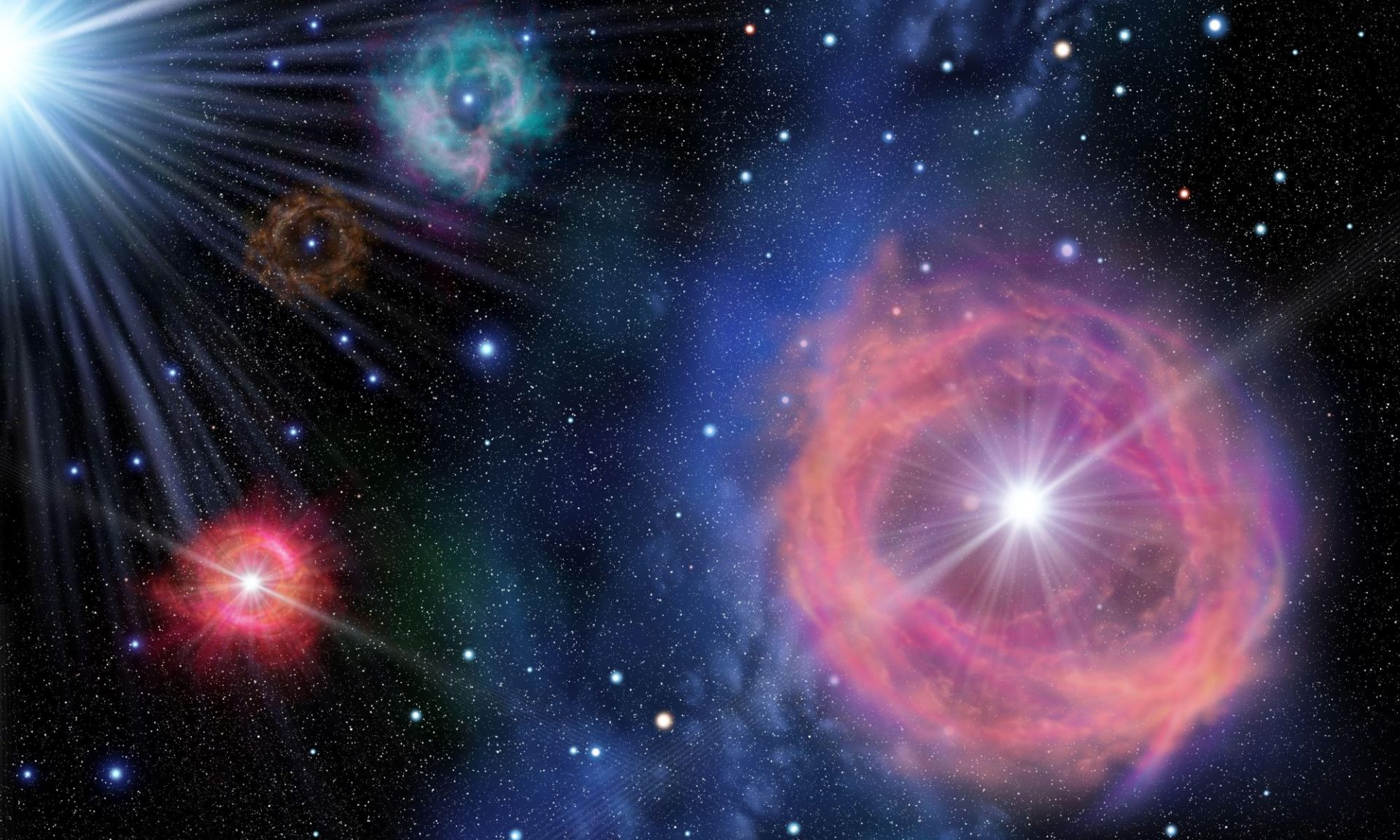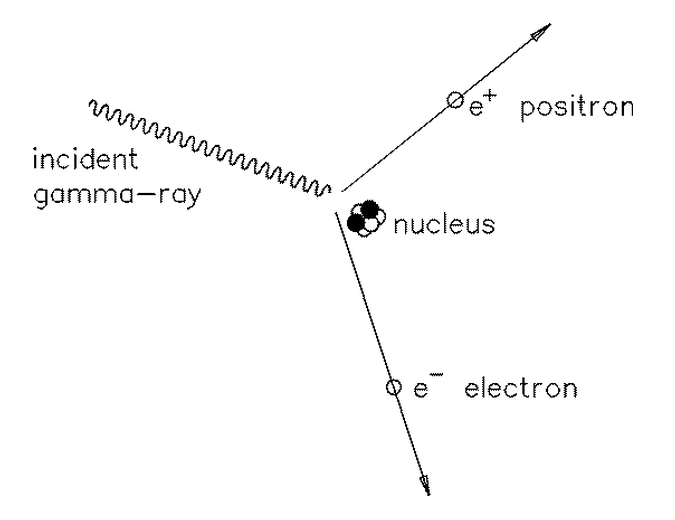A few days ago I wrote about the search for Population III stars. These stars were the first stars of the universe. Giant beasts hundreds of times more massive than the Sun, composed only of hydrogen and helium. These massive stars would have been very short-lived, exploding as brilliant supernovae in less than a million years. But Population III stars were so massive, their supernovae were uniquely different from the ones we see today, so our best way to find evidence of them is to look for their supernova remnants. And a recent study published in Nature may have found some.

For a star to die as a supernova it has to be at least 9 times the mass of the Sun. Smaller stars may swell to red giants before settling into a white dwarf or neutron star, but they don’t rapidly explode. Core-collapse supernovae occur when the core suddenly drains of pressure, causing atomic nuclei to fall inward rapidly. When they slam together, the nuclei create new heavy elements and a tremendous amount of neutrinos and gamma rays, which push outward and rip the star apart.
Supernovae can occur for stars up to about 50 solar masses. Above that mass limit the core is so dense and collapses so suddenly that it directly forms a black hole. This means there isn’t a supernova, or at least not a very bright one. But if a star is truly massive, above 150 solar masses or so, then you can get extremely bright supernovae known as hypernovae. These happen thanks to a physical process known as pair instability.

Pair-production by a high energy gamma-ray. Credit: U Mallik, University of Iowa
The more massive the star, the more hot and dense the core. And when it collapses, the more intense the neutrinos and gamma rays. For truly massive stars a gamma ray photon is so intense that when it strikes a nuclei it can create an electron-positron pair. These charged particles interact incredibly strongly with surrounding nuclei, creating a pressure too powerful for gravity to hold. They also cause a different range of heavy elements to form, which is where this study comes in.
The team looked at a distant star known as J1010+2358, which is perhaps the earliest star we’ve ever observed. It is not a Population III star, but it is low in metals. From spectral observations of the star they found it had extremely low abundances of sodium and cobalt. Less than one percent of the abundance found in the Sun. The team found higher abundances of magnesium and nickel.
This is interesting, because of the atomic numbers of these elements. Sodium (11) and Cobalt (27) have an odd number of electrons, while magnesium (12) and nickel (28) have an even number. This split between even and odd abundances is exactly the kind of thing you would expect to see in the remnant of a pair-instability supernova. Based on the observations, the team estimates that J1010+2358 formed from the remnant of a 260 solar mass progenitor, which was likely a first-generation Population III star. Between this and other observations of ionization in distant galaxies, it seems clear we have evidence of massive first-generation stars in the early universe.





